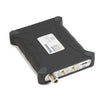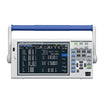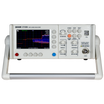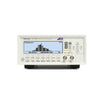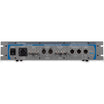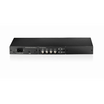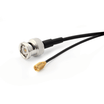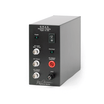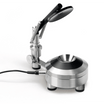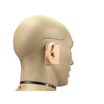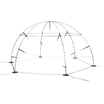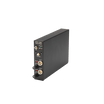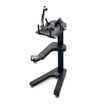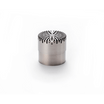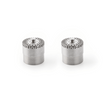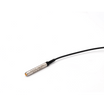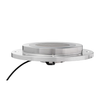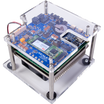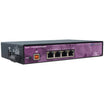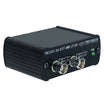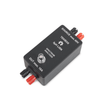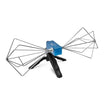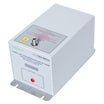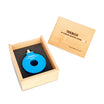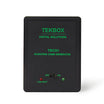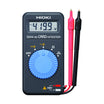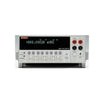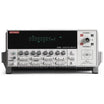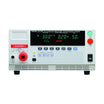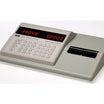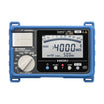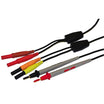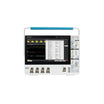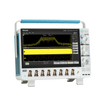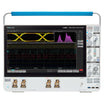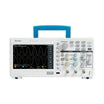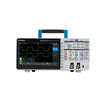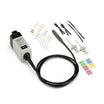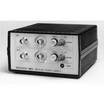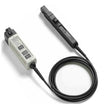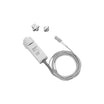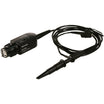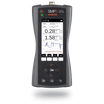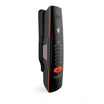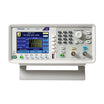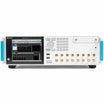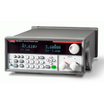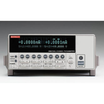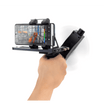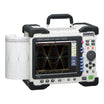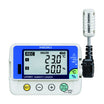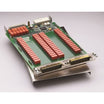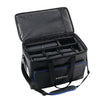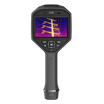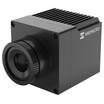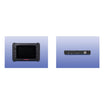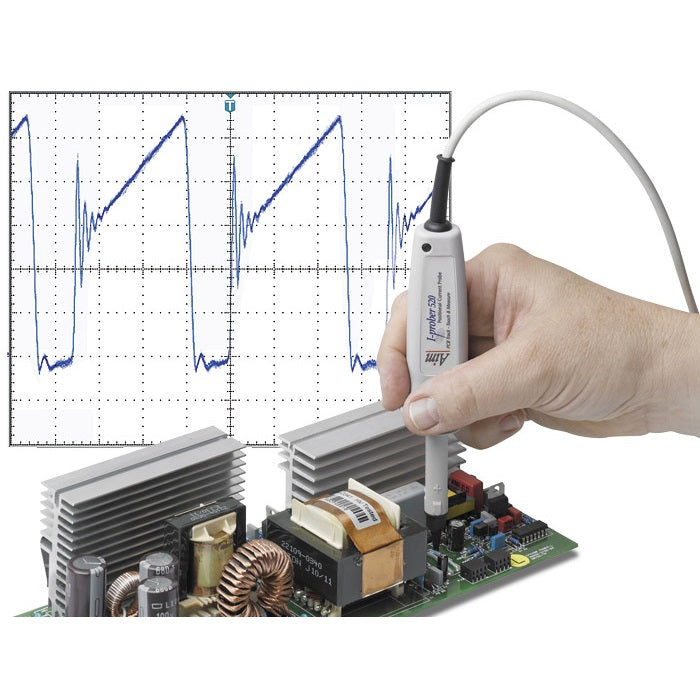
Aim-TTi I-prober 520 Positionsström/Fältsond
11,520 incl. VAT
Använd vår chatt för personlig support. Eller kontakta oss via +46 73-202 00 59 eller sales@GOmeasure.se
- Aktuell mätning från isolerad provtagning av ledare
- Lämplig för observation och mätning av ström i PCB-spår, komponentledningar och jordplan
- Bred dynamisk räckvidd från 10mA till 20A topp till topp
- Bred bandbredd från DC till 5MHz
- Låg brusfigur motsvarande <6mA rms vid full B/W
- Säkerhetsklassad till 300V Cat II (600V Cat 1)
- Lämplig för anslutning till alla oscilloskop
- Hög noggrannhet allmän användning H-fältsond
- Konverterar till 'stängt magnetiskt krets' strömsond
Upptäck möjligheterna
Mer information
Beskrivning
Aim-TTi I-prober 520 Positional Current/Field Probe
The Aim-TTi I-prober 520 achieves something radically new. It can observe and measure currents in PCB tracks and other conductors where conventional current probes can’t be used. This includes captive wires into components, the legs of integrated circuits, and PCB ground planes. Conventionally, current can only be measured by either breaking the circuit to insert a shunt resistor, or by surrounding the conductor by a loop of magnetic material as in a standard current probe. The Aim-TTi I-prober 520 enables currents, from dc up to 5MHz, to be observed and measured simply by placing its insulated tip onto the conductor.True measurement of current requires the circuit to be broken and a current measurement device inserted (e.g. a shunt that converts current to voltage). However, breaking the circuit is impractical in many circumstances and, in the case of PCB tracks, may be impossible. Closed magnetic circuit current measurement DC capable current probes do not measure current, they measure field density. Current flowing through a conductor creates an H field which is directly proportional to the current. If a conductor is surrounded by a closed magnetic circuit of high Mu material the whole of the field is ‘captured’ by the magnetic circuit and the field density can be scaled to represent current. Conventional current probes achieve this by concentrating the field into a gap within a loop of high Mu material. The field is then measured by a field sensor inserted into the gap, often a Hall effect device. Alternatively ac current can be measured by transformer action whereby the loop of magnetic material creates a one turn primary from the conductor that is enclosed. Hybrid devices typically use a field sensor for dc and low frequencies plus a transformer for higher frequencies. Normally the probe provides a method of mechanically splitting the magnetic circuit to enable the conductor to be inserted. The position of the conductor within the loop has relatively little effect upon the measurement.
For more information: Aim-TTi l-prober 520
Dokument
Aim-TTi Iprober 520 Positional Current/Field Probe
Aim-TTi I-Prober 520 DatasheetAlternativ
Video
Aim-TTi I-prober 520 Positional Current/Field Probe
The Aim-TTi I-prober 520 achieves something radically new. It can observe and measure currents in PCB tracks and other conductors where conventional current probes can’t be used. This includes captive wires into components, the legs of integrated circuits, and PCB ground planes. Conventionally, current can only be measured by either breaking the circuit to insert a shunt resistor, or by surrounding the conductor by a loop of magnetic material as in a standard current probe. The Aim-TTi I-prober 520 enables currents, from dc up to 5MHz, to be observed and measured simply by placing its insulated tip onto the conductor.True measurement of current requires the circuit to be broken and a current measurement device inserted (e.g. a shunt that converts current to voltage). However, breaking the circuit is impractical in many circumstances and, in the case of PCB tracks, may be impossible. Closed magnetic circuit current measurement DC capable current probes do not measure current, they measure field density. Current flowing through a conductor creates an H field which is directly proportional to the current. If a conductor is surrounded by a closed magnetic circuit of high Mu material the whole of the field is ‘captured’ by the magnetic circuit and the field density can be scaled to represent current. Conventional current probes achieve this by concentrating the field into a gap within a loop of high Mu material. The field is then measured by a field sensor inserted into the gap, often a Hall effect device. Alternatively ac current can be measured by transformer action whereby the loop of magnetic material creates a one turn primary from the conductor that is enclosed. Hybrid devices typically use a field sensor for dc and low frequencies plus a transformer for higher frequencies. Normally the probe provides a method of mechanically splitting the magnetic circuit to enable the conductor to be inserted. The position of the conductor within the loop has relatively little effect upon the measurement.
For more information: Aim-TTi l-prober 520

